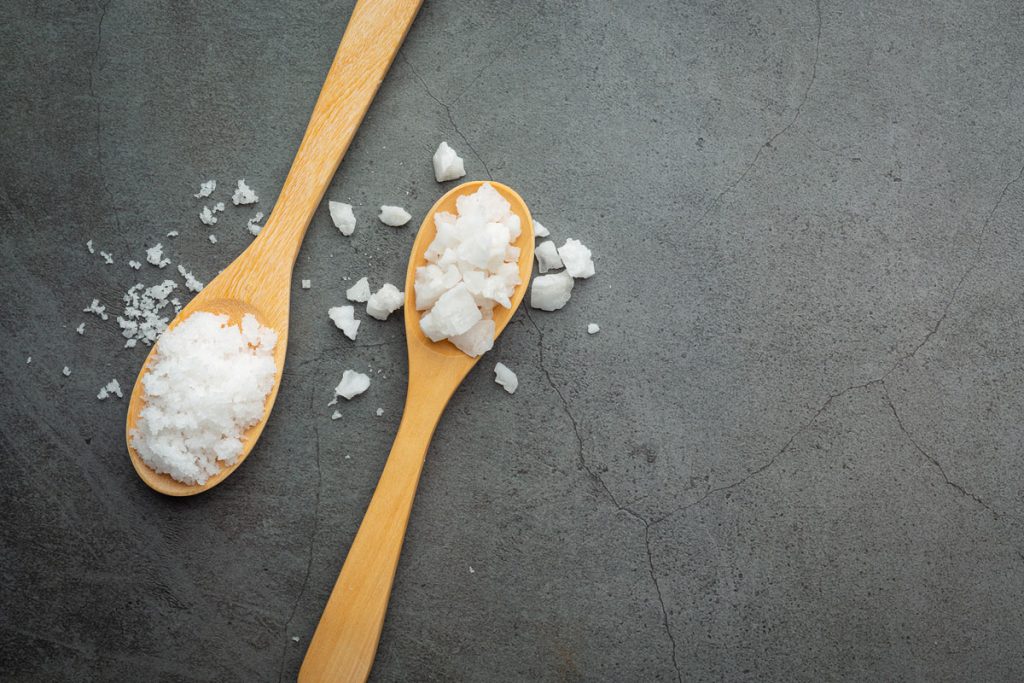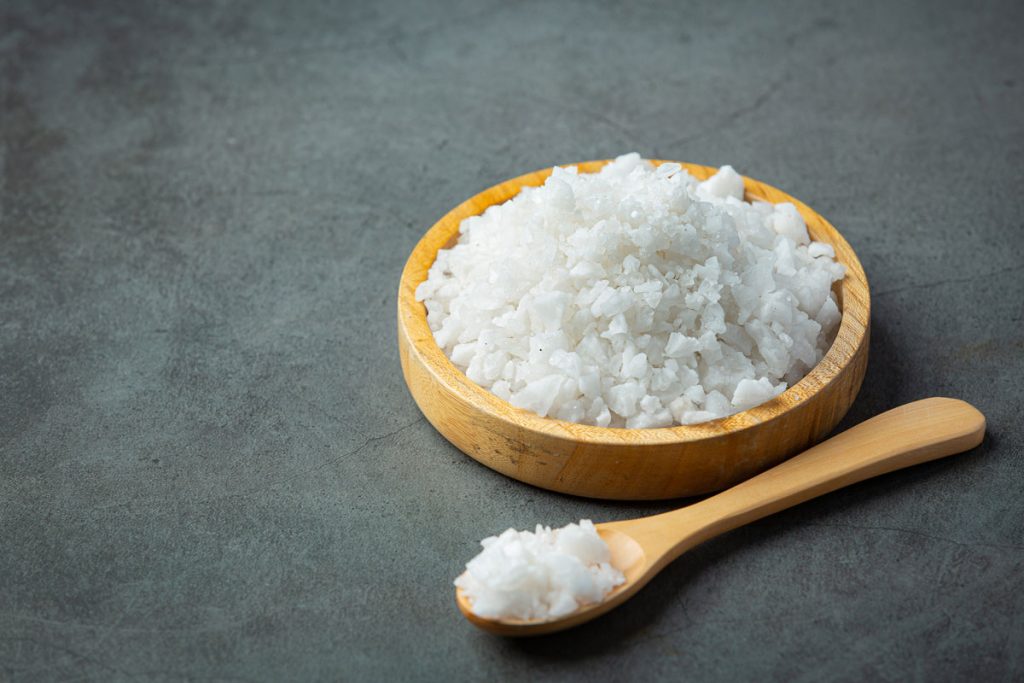What is lye AKA Sodium Hydroxide?
Sodium hydroxide or lye is an ingredient present in all soaps. When I first started using natural soaps I was worried that they weren’t completely natural because of this ingredient. Turns out it’s not a bad ingredient and we actually do need it to make soap.
To begin with, lets understand what lye is and how its used in soap making.
Lye is sodium hydroxide; it is a very strong alkali/base to the point where it can dissolve natural matter. Lye is used in food and cleaning products.
Dealing with lye could damage a lot of surfaces including your skin.
Alright, so wait a minute. If lye is so harmful and could damage our skin, why do we use it in soaps?
In our blog natural vs chemical soap, I wrote, no lye = no soap.
When we mix lye with oils a chemical reaction called saponification happens. In the soap making process lye, oil and water are mixed, then the soap is left to cure for three to four weeks. The end product is a soap without any remaining lye. Soap doesn’t act anything like lye as the properties have changed. Not having any remaining lye keeps the soap moisturizing and gentle on the skin.
History of Lye
Sodium Hydroxide originates from wood aches. People put the wood aches in water to steep and would get a lye solution. Then they would mix the solution with whatever oil or fat they had to make soap.
We don’t know when people started using soap, but we do have evidence that the first ancient civilization that used lye soap was the Babylonians. The Babylonians wrote soap recipes on clay tablets.
Ancient Egyptians also bathed in soap. They made their soap from a mixture of animal fat, vegetable fat and wood ashes.
Bathing became popular in the roman empire, but when it fell so did bathing. The poor living conditions and hygiene probably caused so many plagues in the Middle Ages. By the 2nd century AD, Galen, a Greek Physician recommended for the people to use soap to keep them healthy and clean.
Soap makers started showing up more and more, Soap makers started appearing in Italy and Spain. They used goat fat and Ashes from trees to make soap. At the same time, soap makers in France were using olive oil and aches to make soap.
Many soldiers got injuries in world war I, so German scientists created a new soap. The material to make soap was scarce too. The German scientists used a bunch of different compounds and thus detergents were born. Today, most commercial soaps act more like detergents than actual soap because of all the harsh chemicals in them and high PH.
Nowadays, lye is made in a more precise and hygienic way, and since the purity is known soap makers don’t have to guess how much they need to put when making bar soaps, they have precise quantities and recipes to go by.

Is Sodium Hydroxide toxic?
If you spill pure lye on your skin, you would get chemically burned. However, sometimes lye is used in certain food products like bagels and pretzels since it gives them a certain kind of texture. (Please don’t try using this at home unless you have good grade lye). So, lye isn’t toxic, but you have to be careful using it. As mentioned above, when lye interacts with fats in making soap, the finished product has no lye left in it.
A lot of natural cold pressed soap makers use a technique called superfatting. In this technique the soap makers add more than enough oil to cancel out the lye. The end soap has extra oil anywhere between (1.2% – 5%). The oil molecules are scattered in between the soap molecules. This kind of soap moisturizes the skin after cleansing it.
You can also read about our blog; Natural Vs Chemical Soap
You can also check our natural soaps!

